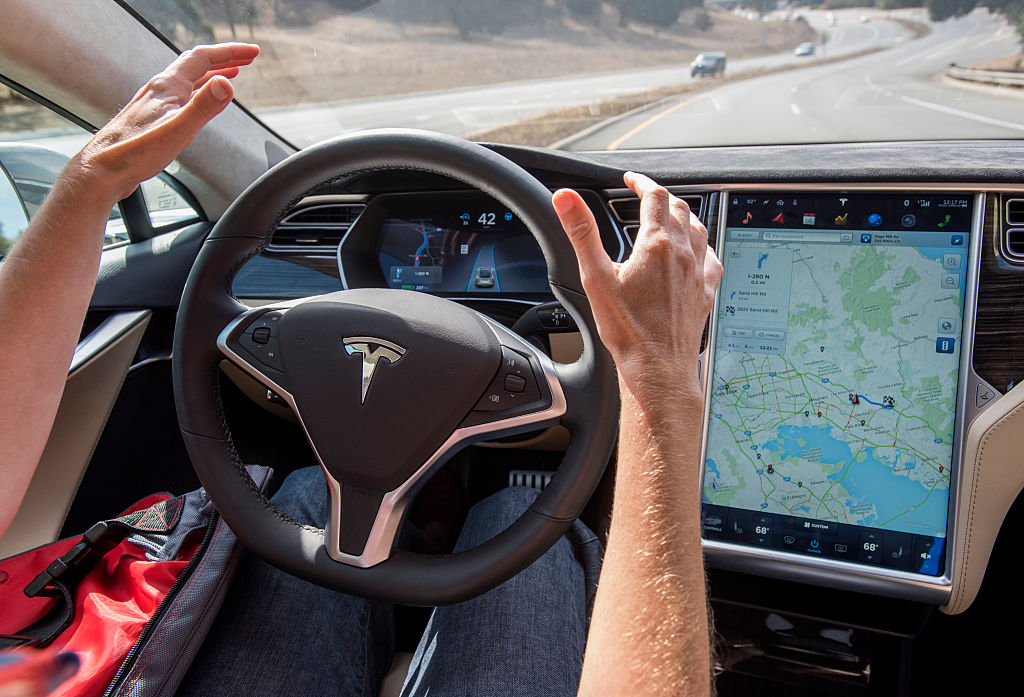
Tesla CEO Elon Musk on Wednesday published his second “master plan,” pulling back the curtain on his long-term plans for the electric automaker. The document comes as Tesla is being criticized over its reaction to a high-profile fatality as well as its plan to merge with residential solar firm SolarCity.
Here are the three most interesting revelations in Musk’s plan.
Tesla is planning at least four new vehicles
Tesla currently sells two vehicles: The Model S luxury sedan and the Model X luxury SUV, with the cheaper Model 3 sedan on the way. Now, Musk says at least three more are on the way, including “a compact SUV,” “a new kind of pickup truck,” a semi truck and a city bus.
Here’s Musk on that bus:
With the advent of autonomy, it will probably make sense to shrink the size of buses and transition the role of bus driver to that of fleet manager. Traffic congestion would improve due to increased passenger areal density by eliminating the center aisle and putting seats where there are currently entryways, and matching acceleration and braking to other vehicles, thus avoiding the inertial impedance to smooth traffic flow of traditional heavy buses. It would also take people all the way to their destination. Fixed summon buttons at existing bus stops would serve those who don’t have a phone. Design accommodates wheelchairs, strollers and bikes.
Tesla isn’t backing down from autonomous driving, despite a recent fatal incident
Tesla and Musk have come under fire after a driver was killed while using the company’s “Autopilot” feature. Autopilot can handle some highway driving, but still requires drivers to be ready to interject if needed. Some experts say that so-called “partial autonomy” is unsafe because it lulls drivers into a false sense of security.
Musk disagrees:
I should add a note here to explain why Tesla is deploying partial autonomy now, rather than waiting until some point in the future. The most important reason is that, when used correctly, it is already significantly safer than a person driving by themselves and it would therefore be morally reprehensible to delay release simply for fear of bad press or some mercantile calculation of legal liability.
Musk envisions a future in which Tesla owners could make money by lending their cars when they’re not being used
Here’s Musk:
When true self-driving is approved by regulators, it will mean that you will be able to summon your Tesla from pretty much anywhere. Once it picks you up, you will be able to sleep, read or do anything else enroute to your destination.
You will also be able to add your car to the Tesla shared fleet just by tapping a button on the Tesla phone app and have it generate income for you while you’re at work or on vacation, significantly offsetting and at times potentially exceeding the monthly loan or lease cost. This dramatically lowers the true cost of ownership to the point where almost anyone could own a Tesla. Since most cars are only in use by their owner for 5% to 10% of the day, the fundamental economic utility of a true self-driving car is likely to be several times that of a car which is not.
What remains unclear, however, is why, in a fully autonomous world, you might still own a car when accessing one could be as simple as tapping an app.
More Must-Reads From TIME
- The 100 Most Influential People of 2024
- Coco Gauff Is Playing for Herself Now
- Scenes From Pro-Palestinian Encampments Across U.S. Universities
- 6 Compliments That Land Every Time
- If You're Dating Right Now , You're Brave: Column
- The AI That Could Heal a Divided Internet
- Fallout Is a Brilliant Model for the Future of Video Game Adaptations
- Want Weekly Recs on What to Watch, Read, and More? Sign Up for Worth Your Time
Contact us at letters@time.com